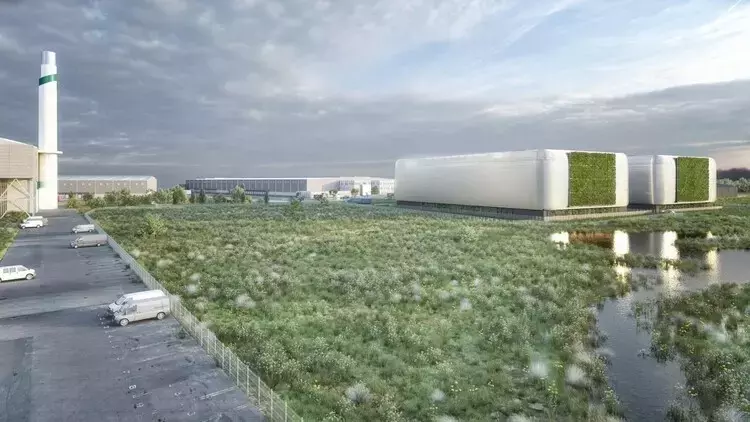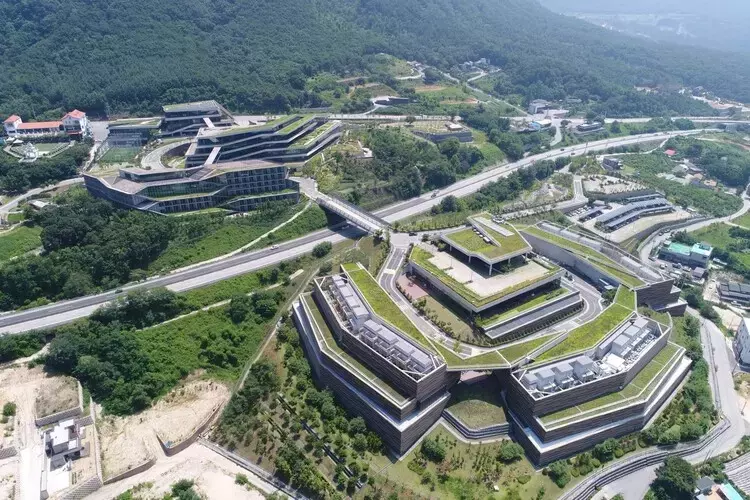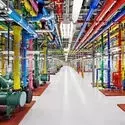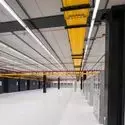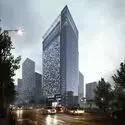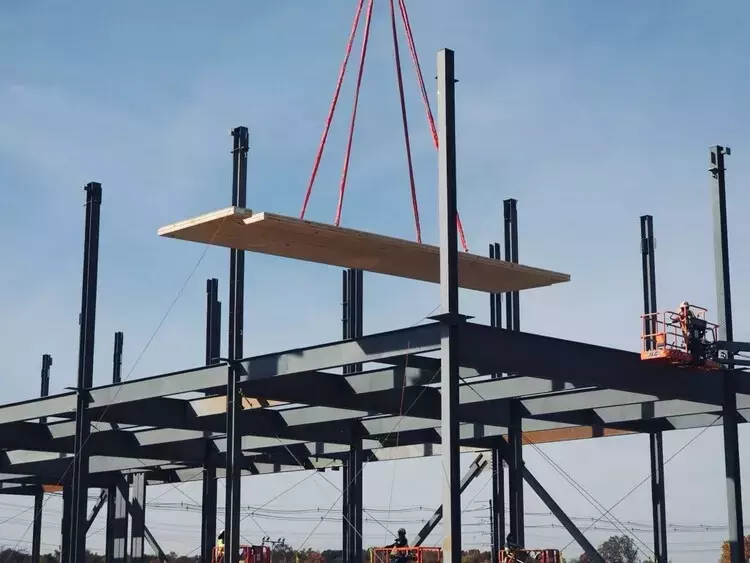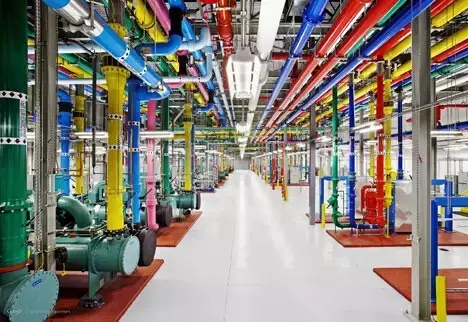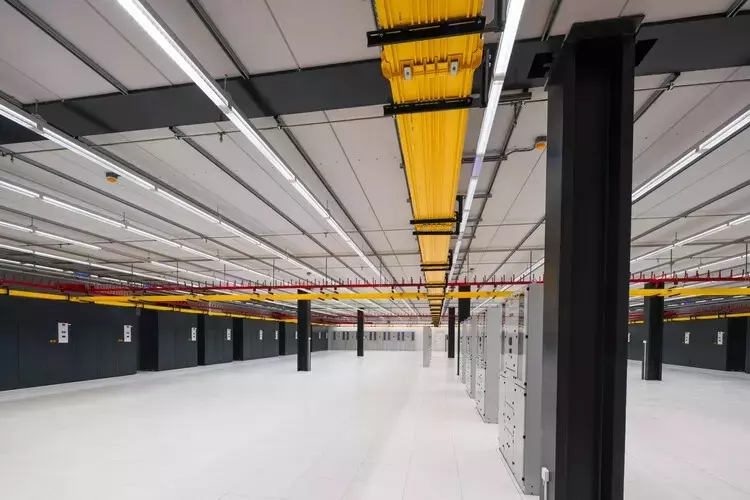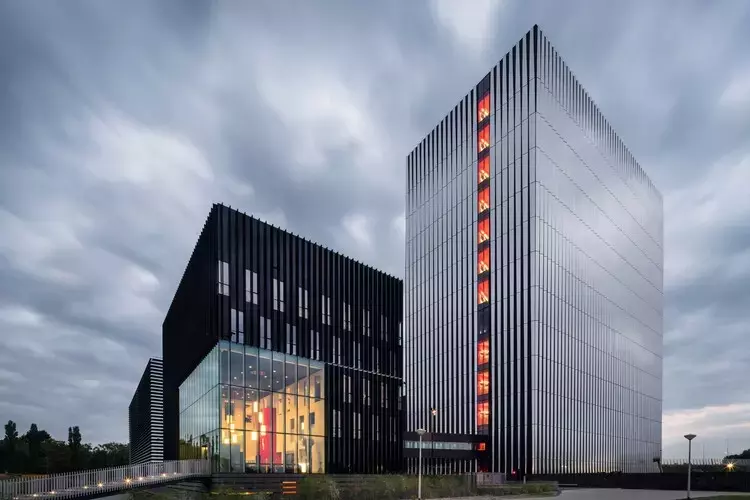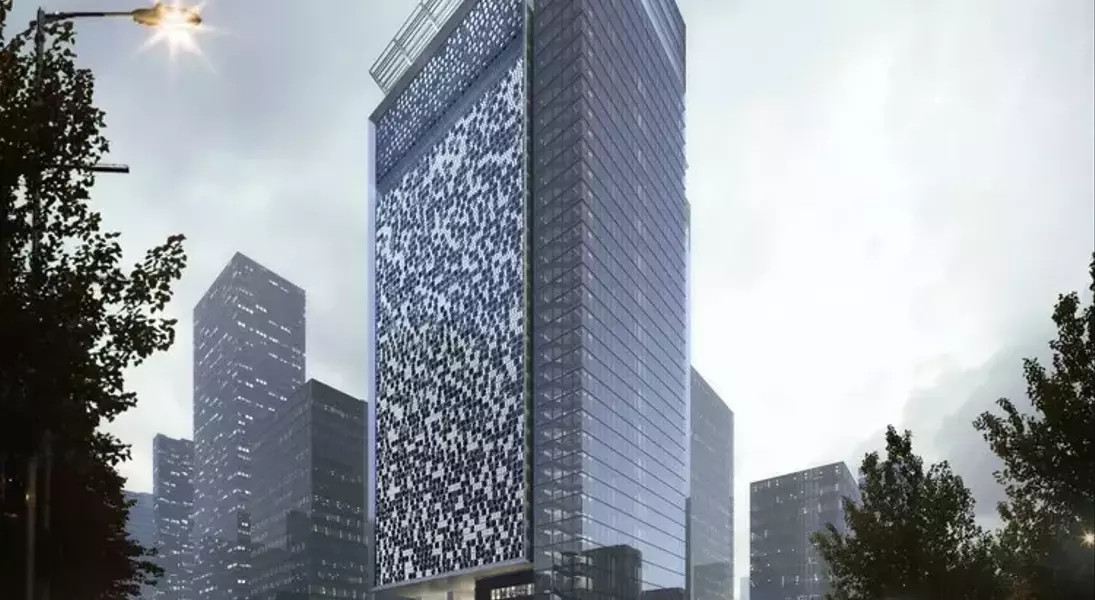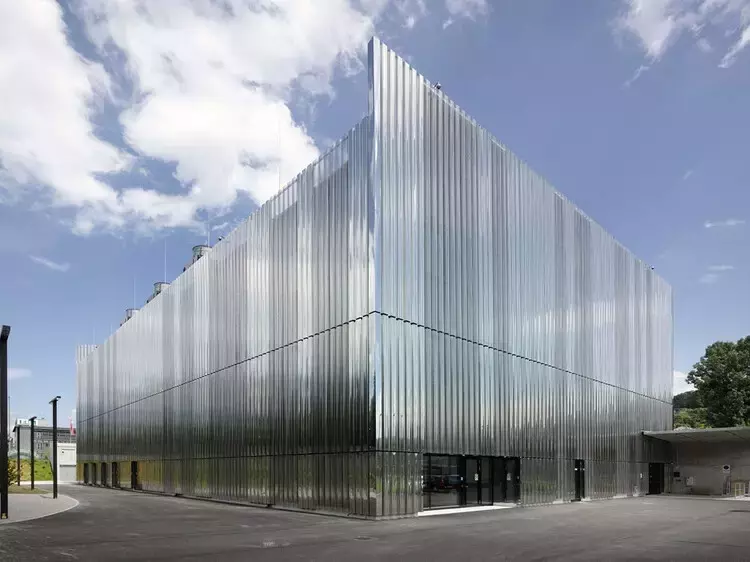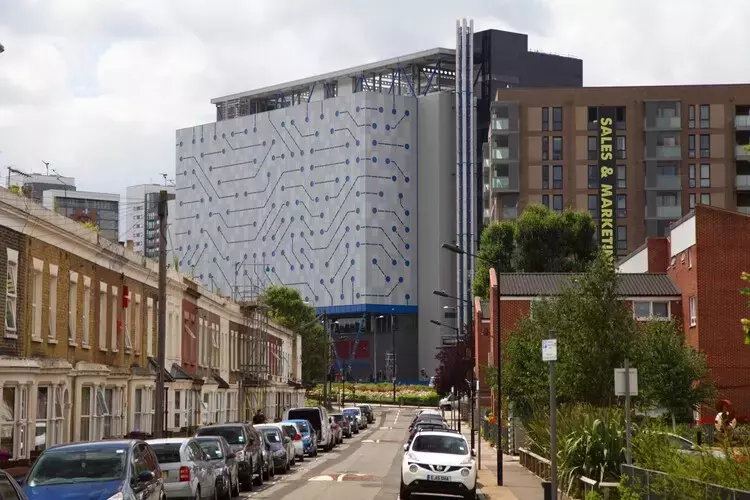As the technological fervor sweeps across the globe, 2025 stands on the cusp of another era of innovation. While concerns about technology's dominance persist, architects are now focusing their attention on the very foundations of our digital future - data centers. These structures, once hidden in industrial zones, are now becoming integral parts of our urban and suburban landscapes. The design of data centers presents a unique challenge - to reconcile technological functionality with architectural excellence.
Unleashing the Potential of Data Center Architecture
Modular Design: The Key to Rapid Deployment
Modular design and construction have emerged as a game-changer in data center architecture. By using prefabricated components, the development process is accelerated, allowing for quicker deployment of essential digital infrastructure. Components manufactured off-site can be assembled on-site with remarkable speed, enabling businesses to respond swiftly to market demands. Moreover, the standardization of components leads to economies of scale, reducing overall project costs and minimizing on-site errors and waste.For instance, Microsoft's innovative approach in Virginia incorporates mass timber into their data centers, marking a significant shift in the industry's efforts to reduce carbon emissions. This not only reduces reliance on traditional materials but sets a new standard for sustainability in the tech industry.Scalability: Meeting the Demands of a Digital World
In an era where digital demands are unpredictable, the scalability of modular data centers offers a viable solution. Forward-thinking businesses and municipalities are embracing the "pay-as-you-grow" model, allowing them to expand digital infrastructure in lockstep with demand. As urban planners face the challenge of finite space in growing cities, modular data centers provide a flexible and efficient alternative.Google's data centers stand as a testament to this scalability. These facilities are designed to adapt to the ever-increasing data needs, ensuring seamless digital services and reshaping urban functionality.Location and Influence: Balancing Technological Growth and Urban Life
The integration of data centers into urban fabrics requires a delicate balance. Architects must consider the technical elements while also taking into account the impact on local neighborhoods, the planet, and businesses. Benthem Crouwel Architects' AM3 and AM4 buildings in Amsterdam serve as an example, replacing conventional security fencing with a moat to create a more welcoming presence.The Gak Chuncheon data center in South Korea, designed by Kengo Kuma and DMP, utilizes natural cooling from nearby Mount Gubong, seamlessly blending the facility with its natural surroundings. This approach showcases how data centers can be integrated into the environment without compromising their functionality.Underwater Data Centers: Pushing the Boundaries of Design
Microsoft's Project Natick has pushed the boundaries of modular data center design by exploring the possibility of underwater data centers. These sealed, modular units leverage natural cooling from the ocean, potentially reducing energy consumption for cooling systems. Although still in the experimental stage, this concept demonstrates the potential for modular designs to adapt to unconventional environments and utilize natural resources for improved efficiency.As the data center industry continues to grow, projections from architecture firm Gensler indicate a significant expansion. By 2030, spending is expected to reach $49 billion, highlighting the crucial role of data centers in an interconnected world.Architects are now rising to the challenge of creating data centers that are efficient, secure, visually striking, and contextually appropriate. Claire Dowdy's observation that data centers are a "peculiar and challenging" new building typology emphasizes the need for innovative design solutions. With continued reliance on digital technologies, the architecture of data centers will have a profound impact on urban and rural landscapes, redefining our relationship with the digital world.